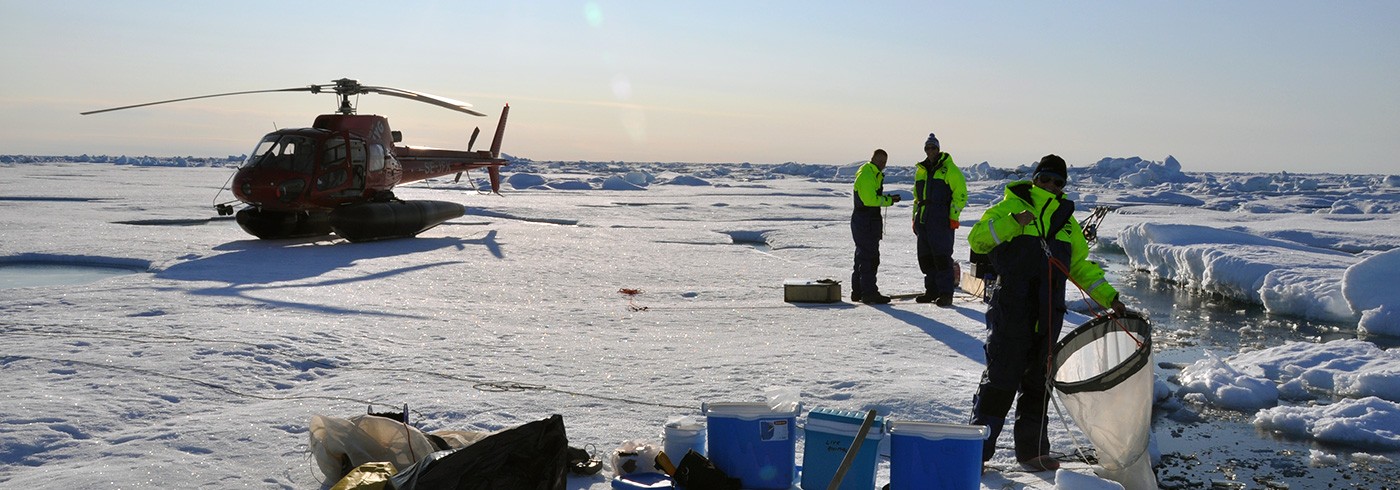The role of zooplankton in open Arctic water masses
31 July 2012 - 14 September 2012The aim of this project is to better understand the structure and function of the plankton communities in the Arctic Ocean, and how they are related to various water masses and currents. A decrease in the extent of the Arctic sea ice is altering the water balance in, for example, the North Atlantic. This could have consequences for deep water formation, and thus affect global ocean currents.
Any change in the sea ice extent will also have a major local impact on currently ice-covered areas. It will reduce the surface water salinity and thereby increase the stratification of the water mass, which will have a major influence on the structure and function of the plankton communities. A high-quality description of marine ecosystems is crucial to our ability to assess the biological effects of climate change.
During the expedition, we described the composition and function of the plankton communities at 42 sampling stations along a transect. The transect extended from Longyearbyen and across the Nansen Basin, Gakkel Ridge, Amundsen Basin, and Lomonosov Ridge. This provided us with an excellent opportunity to study the plankton communities in numerous water masses.
By investigating phytoplankton, herbivorous zooplankton and predatory zoo plankton, we were able to learn about their roles in the Arctic food web. The depth distributions of nutrients, phytoplankton (as well as their chlorophyll content and species composition), and protozooplankton (small zooplankton) were mapped using water samplers at eight different depths. We used plankton nets to collect samples in five depth ranges in order to study the depth distributions of larger zooplankton. The food intake of the zooplankton was then determined using a variety of methods (excrement production and stomach analysis). We used sediment traps suspended at three different depths to measure the sedimentation.
We are now poised to analyse the collected samples and data, and our results will be published in scientific journals. Data will also be available at Arctic Ocean Diversity.











